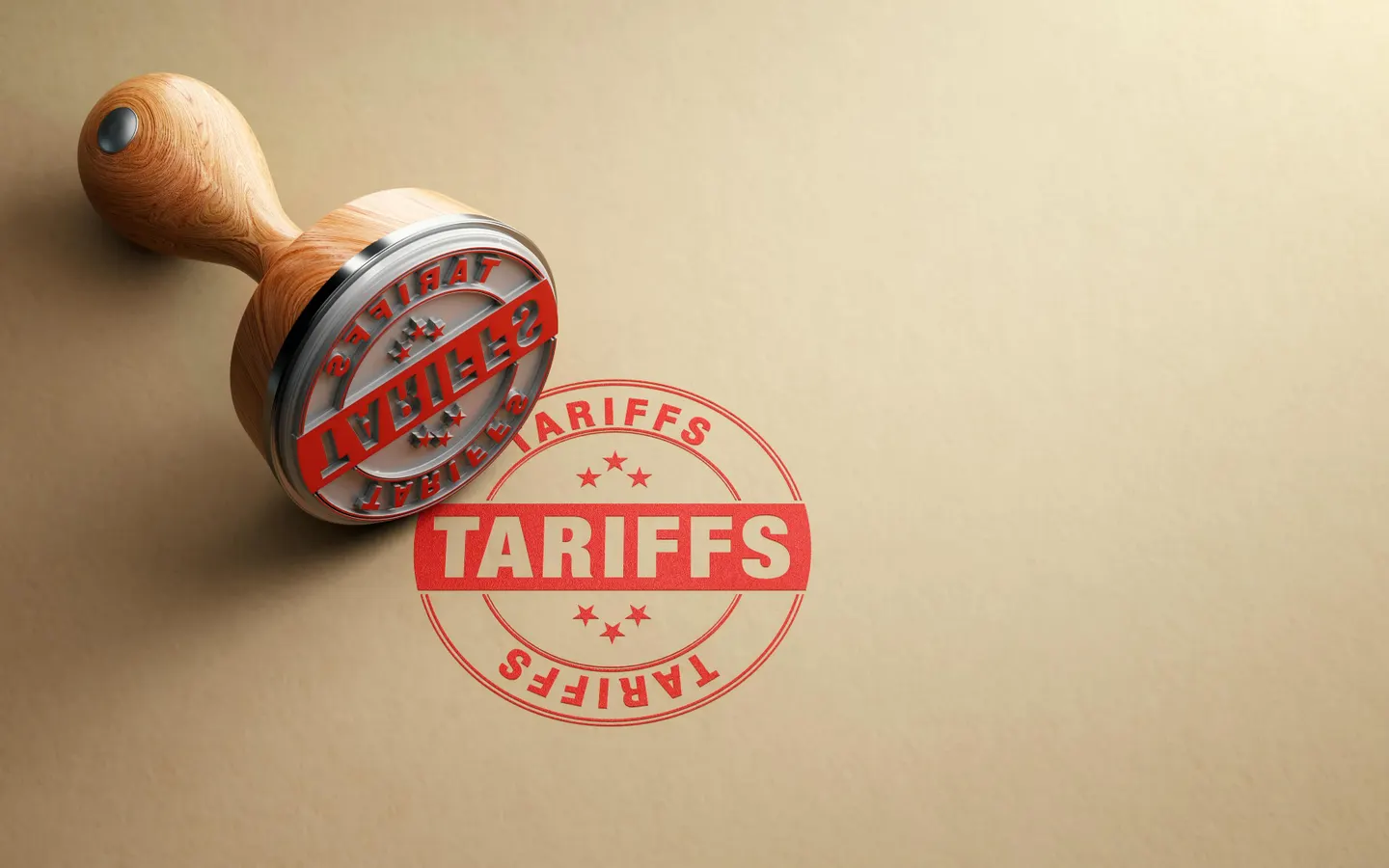On the evening of November 5, as Donald Trump’s election victory became apparent, retailers in the U.S. dealing in toys, footwear, apparel, and electronics sprang into action. They urgently contacted their Chinese suppliers to expedite shipments, fearing the impending tariffs that could significantly inflate costs. A recent study by the National Retail Federation indicates that Trump’s proposed tariffs on a range of goods—including apparel and toys—could impose an additional financial burden of $46 to $78 billion annually on American consumers.
The anticipated tariffs primarily target imports from China, but neighbouring countries like India may also feel the repercussions. Trump has previously labelled India as the “tariff king,” and during his last term, he removed it from the Generalized System of Preferences (GSP), a program designed to facilitate trade with low-income countries by allowing duty-free access to thousands of products. This shift has raised concerns among Indian exporters, especially since the U.S. is India’s largest export market, accounting for approximately 18% of its total exports valued at $77 billion in 2023.
Despite these challenges, historical data suggests that the impact of such trade restrictions may be less severe than feared. The GSP covers various categories, including textiles and apparel, but these sectors represent a small fraction of India’s total exports to the U.S. Notably, diamonds and pharmaceuticals dominate this trade landscape, with textiles and apparel comprising only 3.7%.
During Trump’s previous administration, tariffs were predominantly levied on consumer goods such as toys and household items—categories not central to India’s export profile. In fact, India has emerged as a leading exporter of refined petroleum products in 2023, further diversifying its export portfolio beyond textiles.
The broader implications of Trump’s tariffs extend beyond immediate price increases; they reflect deeper issues within India’s manufacturing sector. A decline in foreign direct investment (FDI) has been noted, attributed to various factors including bureaucratic hurdles and an inverted duty structure that hampers competitiveness. A recent analysis highlighted that many sectors—including textiles—are adversely affected by high domestic taxes on value-added services essential for global competitiveness.
While Trump’s administration has focused on increasing defence sales to India—amounting to nearly $20 billion since 2008—the ongoing trade tensions necessitate a reevaluation of strategies. Instead of concentrating solely on tariffs, addressing domestic tax distortions may prove more beneficial for Indian manufacturers seeking to thrive in an increasingly competitive global market.
In summary, as U.S.-China trade tensions escalate under Trump’s renewed leadership, the textile industry—and broader sectors—must navigate a complex landscape shaped by tariffs and shifting trade dynamics. The focus should pivot towards enhancing domestic competitiveness rather than merely reacting to international tariff policies.

